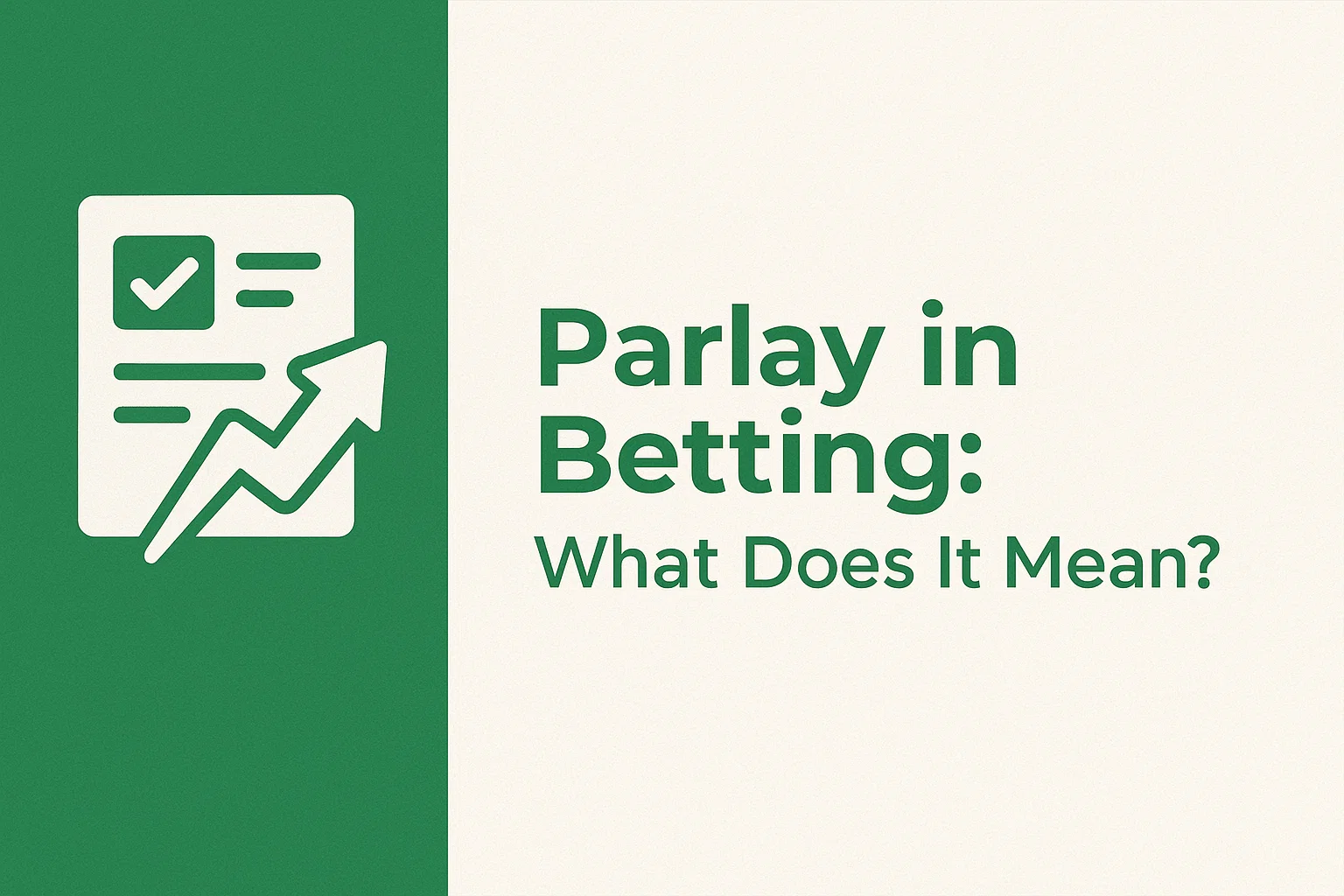
The Parlay system is an aggressive bankroll management model. This strategy involves increasing the size of your bet after each win. To use this method, a player adds the net profit from the previous wager to the initial stake. For a deeper understanding of betting approaches, many players also read expert reviews that explain how parlay compares with other strategies.
Example of Parlay System Calculation
Take an example case. Let's take the initial bet to be $100. A client of a sportsbook places several bets:
- The first one is at 1.80 odds. The initial bet of $100 is placed. When it is a winner, it amounts to $80 in net winnings.
- The second bet is then to be placed for $180. Let's take the odds to be 2.00. When this one wins, the payout is $360.
- The third bet is placed with $360.
This system is similar to the original Martingale, but it is not the same. If a parlay, the player invests just the bet following a win. One need not invest in the same event. In Martingale, the bet is decided by a formula so as to cover the losses. In a parlay, the investor simply invests the net profit and the initial investment.
Pros and Cons of the Parlay System
The idea of increasing bet amounts after every win looks appealing on paper. In theory, it can earn handsome profits as the amount wagered grows every time a bet is won. In practice, the player is only risking the initial stake; the rest is winnings built up.
However, the strategy has its drawbacks. The primary issue is in parting with personal constraints. You can't raise bets infinitely, so there is a need to set the target profit in advance. Many players find it difficult to stick to modest targets. They make the bar too high but fail to reach it. Due to this, the bettor gradually drains the bankroll.
For example, if the player starts with a $100 bet. A player wants to make around $1,500 by betting on occurrences having a 2.00 odds. Four winning bets must be made to achieve this:
- $100
- $200
- $400
- $800
The player bets $800 ($100 initial + $700 earned as winnings accumulated). If it is a winner, the result is $1,600. In order to reach the target, the bettor needs to win four times in a row at the rate of 2.00, which is challenging. It requires a lot of analytical skill and experience to achieve such a winning run. It's also challenging to self-control at the right time. Pride builds up after three consecutive wins, and the players reduce the intensity of analysis for the subsequent match. Another limitation of parlay is loss profit omission. Formally, the bettor only loses the initial stake, but actually, the total reward is also on the line. A loss cancels out both the initial bet and the winnings.
How to Improve the Parlay System?
This money management system is intriguing but needs improvement. For improved chances of success, it's recommended to:
- Avoid big odds.
- Establish a realistic goal of 2–3 successive wins.
- Save part of the winnings when necessary.
- Carefully study every match.
Let us consider the third. If the player will bet on three. The first bet is $1,000, and odds 2.00. The last round bet will be $4,000, and the possible prize $8,000. But it is better not to spend the first bet and bet $3,000. The possible prize will be smaller, but if the player loses, the first bankroll is still available.
Conclusion
Parlay methodology is perfect for series bettors. It may not be perfect for the rest of us, and other bankroll management strategies might be more adaptable.

